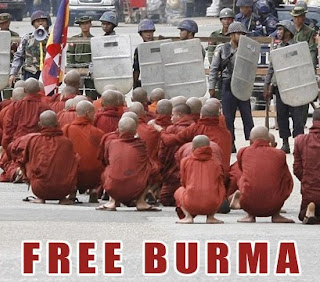Dalai Lama skirts India-China boundary row, says no comments
Against the backdrop of postponement of the India-China boundary talks due to his presence at a global Buddhist conclave here, Tibetan spiritual leader the Dalai Lama Wednesday avoided commenting on this contentious issue, saying it's 'a political question '. 'It's a political question. No comments,' said the Tibetan leader , who has been living in India since 1959 after fleeing from Lhasa, when TV news channels asked for his comment on Chinese objections to his participation at the Global Buddhist Conference here. In his valedictory address at the four-day conference that ended Wednesday evening, the Dalai Lama focused primarily on the importance of Buddhist values of compassion and harmonious living in a world beset by stress. The boundary talks between special representatives of India and China, scheduled for Nov 28-29, got postponed last week over differences over the Dalai Lama's participation in the Buddhist conference in New Delhi. China, wh...
